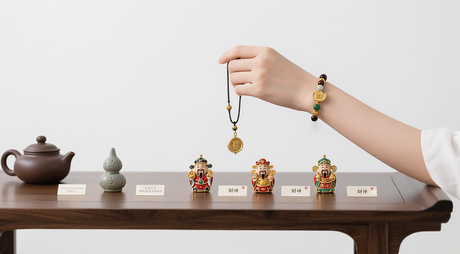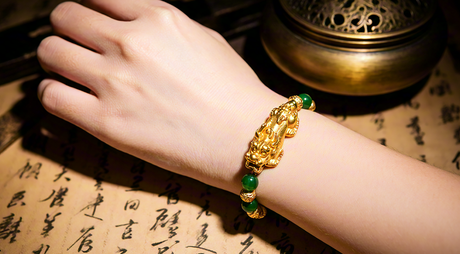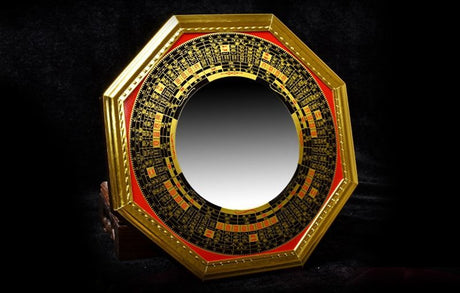Love is a universal language, yet each culture has its own way of celebrating it. In the West, Valentine’s Day is the most recognized holiday for romance, while in China, the Qixi Festival—often called the “Chinese Valentine’s Day”—carries a more poetic, traditional charm. Though they share a common theme of love, these two celebrations highlight different cultural values and historical roots.
Table of Contents
- The Origins of Valentine’s Day
- The Legend Behind the Qixi Festival
- Traditions and Modern Practices
- Cultural Values Reflected in Each Festival
-
How Globalization Shapes Love Celebrations
- Conclusion
The Origins of Valentine’s Day
Valentine’s Day traces back to ancient Rome and the story of Saint Valentine, a priest who secretly married couples in defiance of imperial orders. Over time, it evolved into a celebration of love and affection, particularly in Europe and later in North America. Today, it is widely associated with red roses, chocolates, heartfelt cards, and romantic dinners. Its popularity has made it not only a holiday for couples but also a global commercial event.

The Legend Behind the Qixi Festival
The Qixi Festival, on the other hand, has its roots in a romantic Chinese folk tale. It tells the story of the Cowherd and the Weaver Girl, lovers separated by the Milky Way who can only reunite once a year, on the seventh day of the seventh lunar month. This legend captures the idea of eternal devotion and the bittersweet nature of love, making Qixi a deeply cultural and emotional holiday in China.
Traditions and Modern Practices
Traditionally, Valentine’s Day revolves around exchanging gifts such as flowers, jewelry, and love letters. Restaurants and shops often promote special packages, reinforcing its identity as a day for romantic gestures.
In contrast, the Qixi Festival was once celebrated with activities like young women showcasing their needlework and praying for wisdom and love. In modern times, however, Qixi has become a romantic holiday for couples, where they give gifts and spend time together, similar to Valentine’s Day. The difference lies in the subtle blend of folklore and tradition that still lingers in Qixi.
Cultural Values Reflected in Each Festival
The two festivals reflect different cultural perspectives on love. Valentine’s Day emphasizes passion, romance, and often grand gestures of affection. It mirrors the Western view of love as something to be openly expressed and celebrated.
The Qixi Festival, however, highlights patience, longing, and devotion, echoing the traditional Chinese belief in enduring love that withstands hardship. It’s less about lavish displays and more about emotional depth and connection, carrying a sense of poetic beauty rooted in mythology.
How Globalization Shapes Love Celebrations
Globalization has blurred the boundaries between the two holidays. Many young Chinese now celebrate both Valentine’s Day and the Qixi Festival, enjoying the best of both worlds. Meanwhile, Western audiences are becoming more curious about cultural traditions like Qixi, which enrich the global understanding of love. This cultural exchange shows how traditions can adapt and coexist in today’s interconnected world.
Conclusion
Though Valentine’s Day and the Qixi Festival differ in origin and cultural emphasis, both represent humanity’s universal desire to honor love. Valentine’s Day celebrates romance with vibrant gestures, while Qixi cherishes devotion through legend and tradition. Together, they remind us that while love may be expressed differently across cultures, its essence remains timeless and universal.













